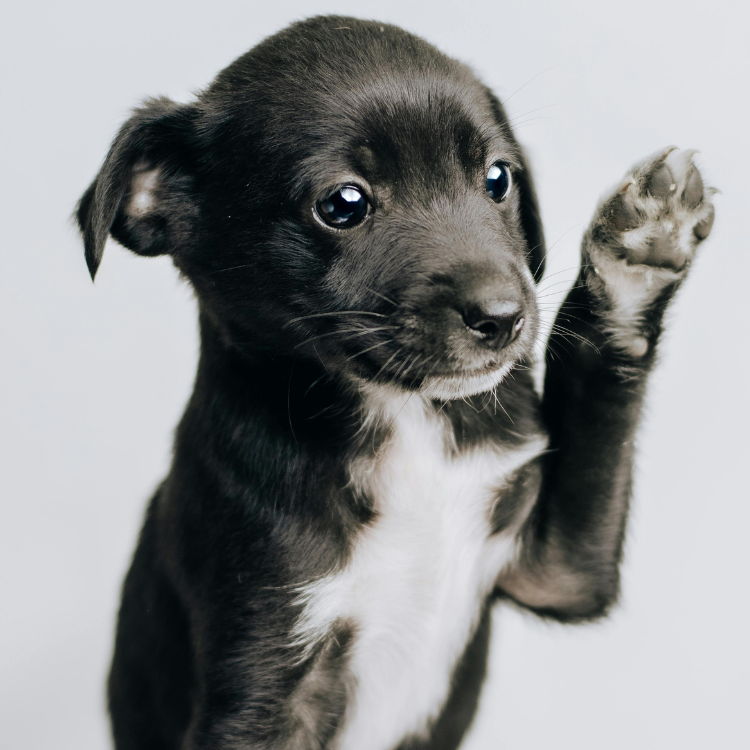Discover the Fascinating Functions and Secrets of a Dog’s Paws

Dogs are remarkably versatile creatures, able to walk across icy snow, glide over frozen ponds, and frolic in snowdrifts without suffering frostbite. But have you ever wondered how their paws endure such extreme conditions? The secret lies in their unique paw structure, revealed through scientific research in Japan. In this article, we’ll uncover the amazing functions and evolutionary secrets of a dog’s paws.
The Incredible Vascular Structure of Dog Paws
Counter-Current Heat Exchange
One of the most fascinating features of a dog’s paws is their special vascular system known as “counter-current heat exchange.” This process involves arteries and veins being closely aligned in the paws. As warm blood flows to the paws, it transfers heat to the returning cool blood, helping dogs maintain their paw temperature in cold environments. This system prevents their paws from freezing, even when walking on snow and ice.
Key Points:
- Heat Conservation: Warm blood heats up the cooler returning blood, preventing heat loss.
- Temperature Regulation: Keeps paws warm, protecting them from frostbite in freezing temperatures.
Evolutionary Significance
This heat exchange system isn’t exclusive to dogs—it can also be found in other cold-adapted animals like penguins, seals, and whales. In dogs, this system helps them adapt to a wide range of environments, making their paws highly effective tools for survival.
Evolutionary Journey of Dog Paws
The Dewclaw: A Vestige of Evolution
Most dogs have five toes on their front paws, with the fifth toe known as the dewclaw. Unlike the other toes, the dewclaw doesn’t touch the ground and mainly functions as an aid during grooming or climbing. This vestigial toe is a remnant of the dog’s evolutionary past.
Historical Context:
- Ancient Ancestor: Dogs’ ancestors, like the Miacis (47 million years ago), had five toes for climbing trees. Over time, as they adapted to running on the ground, the fifth toe regressed, leaving behind the dewclaw.
- Evolutionary Link: This connection ties modern dogs to their ancient ancestors, sharing a common lineage with cats.
What Does It Mean When a Dog Paws at You?
Understanding why dogs use their paws can help you better interpret their needs. Here are six common reasons dogs paw at their owners:
1. Seeking Attention
Pawing is often a sign that your dog wants attention, whether it’s for petting, playing, or feeding. This behavior usually signals that they feel ignored and want engagement.
2. Showing Affection
Pawing can also be a gesture of affection, a way for your dog to show love and bond with you.
3. Requesting Something
Dogs may use their paws to communicate specific needs, such as wanting to go for a walk, eat, or drink water.
4. Seeking Comfort
Anxious or uneasy dogs may paw at their owners for comfort and reassurance, especially if they’re feeling stressed.
5. Inviting Interaction
Dogs might paw at you to initiate play or request an activity, such as going outside or starting a training session.
6. Learned Behavior
If pawing has been reinforced during training, dogs may continue to use it as a way to receive rewards.
Conclusion: The Multifunctional Role of Dog Paws
A dog’s paws serve far more than just helping them walk—they are a marvel of natural engineering. From the heat-conserving counter-current exchange system to the evolutionary significance of the dewclaw, understanding your dog’s paws gives you insight into their health, history, and behavior. Additionally, learning why your dog paws at you can deepen your relationship and improve communication.
Final Thought: Next time your dog’s paw reaches out to you, remember that it’s not just a request for attention—those paws are essential survival tools that carry a rich evolutionary history. By appreciating their importance, you can strengthen the bond with your loyal companion.
Want to gain a deeper understanding of dog behavior and how to care for them? Click the link below to read more related articles. read more related articles
Looking for products for your cat or dog? Check out the articles linked below for more information and recommendations. Explore more articles
Looking to transform your pet’s behavior or enhance your training skills? Discover our top recommended eBooks packed with expert tips and practical advice. Check out the links below for more details and to find the perfect guide for your pet training needs. Explore our eBooks